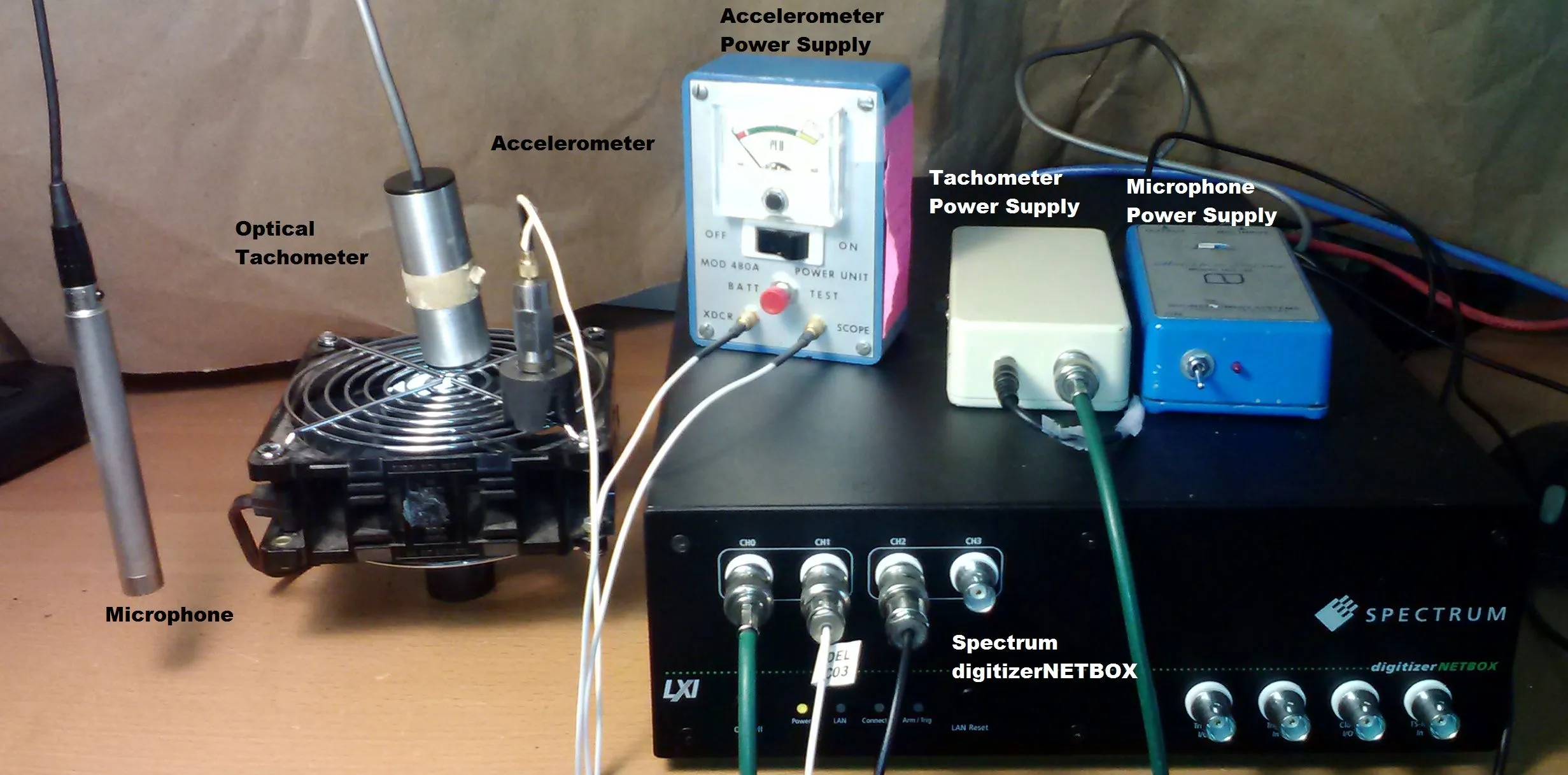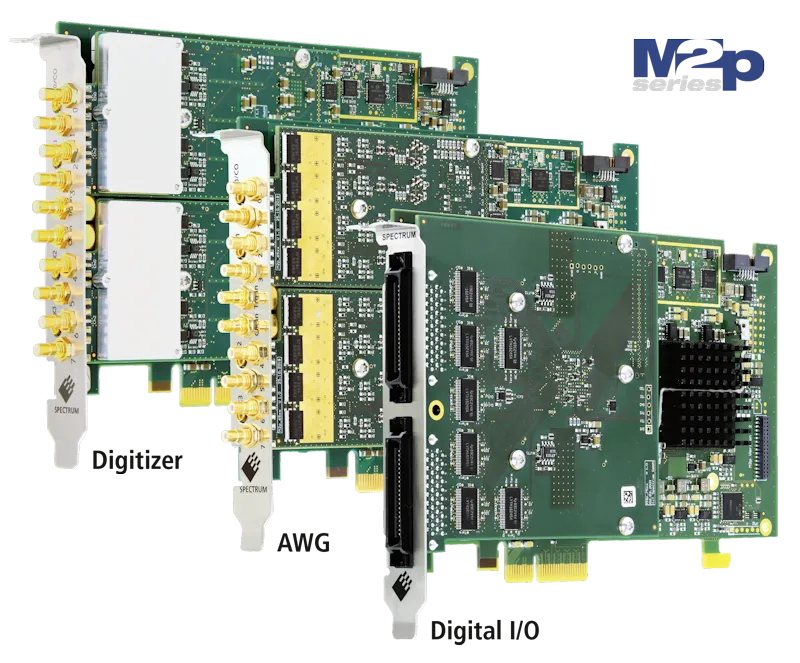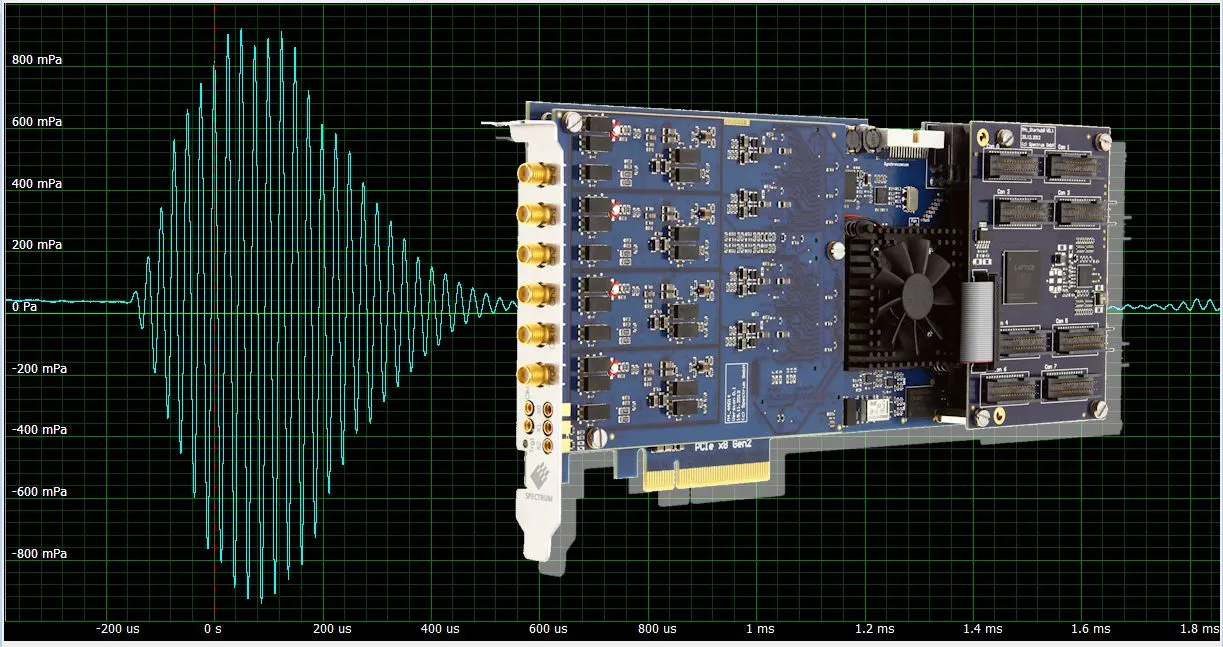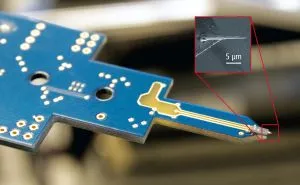Materials Science
Since the dawning of the industrial revolution humans have looked to advances in Material Science to help them obtain superior products with improved performance and/or lower cost. Traditionally, this has been achieved by the application of developments in Physics, Chemistry and Engineering that have enabled dramatic advances in the properties of materials such as metals, ceramics, composites, polymers and semiconductors. In more recent times Materials Science has even expanded into the realms of nanotechnology and biological materials (or biomaterials).
Materials Scientists primarily study the relationship between how a material is processed and its structure, with the aim of understanding how this effects its properties and performance. The knowledge not only leads to new products with improved characteristics but also to a predictive ability that allows engineers to estimate a products overall capabilities and its likelihood of failure. For example, the study of metals, alloys and composite materials, as they undergo repetitive loading enables aeronautical engineers to predict possible component fatigue and failure; it's knowledge that is crucial for safe aircraft design and operation.
Depending on the intended application, Materials Science can involve the measurement of a wide range of material properties. These can include mechanical properties (such as strength, durability, hardness, flexibility, roughness, etc.), optical properties (like the refractive index, luminosity, photo-sensitivity, etc.), thermal properties (melting point, expansion, conductivity, etc.), electrical properties (resistance, conductivity, capacitance, etc.), chemical properties (pH, corrosion resistance, reactivity, surface tension, etc.) and even properties relating to magnetism, acoustics, radiation and more. Various test procedures have been developed to allow the measurement of all these parameters and many of them involve the use of sensors and transducers. In most cases these sensors convert a specific parameter to an electrical signal that needs to be acquired and analyzed.
Experiments in Materials Science can also be divided into both destructive and non-destructive testing (NDT) processes. Destructive methods usually involve testing the materials to the point of failure. Stress, crash and impact testing are some common examples. NDT on the other hand aims to determine a materials properties without damaging the test specimen. As such, NDT involves a number of advanced techniques such as ultrasonic, optical and X-ray imaging, that utilize electromagnetic radiation or sound to inspect components and test samples.
Spectrum, with its wide range of digitizer and generator products, can play a key role in many of these measurement processes. For instance, mechanical measurements typically involve the use of sensors and transducers that convert mechanical parameters such as force, acceleration, pressure, rotational speed, and their kindred into electrical signals in the DC to MHz frequency range. To ensure their accurate and precise capture Spectrum has a range of digitizers to match almost all applications. These products offer measurement capabilities on one to hundreds of channels, sampling rates from 100 kS/s to 250 MS/s, high resolution (up to 16 bits), low noise and flexible signal conditioning. The wide range of performance levels allows engineers and scientists to match the digitizer to most types of sensors and transducers.
For applications where even higher speed signals need to be acquired, such as in radiation, ultrasound, nanotechnology or semiconductor applications, even faster digitizers are available offering sampling rates up to 5 GS/s and bandwidths in excess of 1.5 GHz.
Spectrum Product Features
- Digitizers with up to 16 Bit Resolution
- Sampling rates available from 5 MS/s up to 10 GS/s
- High precision – low noise designs for signal acquisition and generation
- Optional amplifiers for low level signal monitoring
- Multi-channel cards and systems with fully synchronous acquisition and generation
Matching Card Families
Related Documents

Mechanical Measurements Using Digitizers
Measurements on mechanical devices and systems using a modular digitizer requires the use of a variety of transducers or sensors in order to convert mechanical parameters such as force, acceleration, pressure, rotational speed, and their kindred into electrical signals you can measure. This article is a primer on making such measurements using a modular digitizer.

Application Examples for Multi-Channel T&M Systems
Electronic test and measurement, driven by necessity, continues to move in the direction of multi-channel and multi-functional instruments. Electronic devices under test continue to increase in complexity using parallel and array topologies that require more measurements to be made at higher speed while maintaining time coherence.

Ultrasonic Applications
The use of Ultrasonic products is increasing as new techniques and improvements in instrument performance constantly expand the range of applications. Spectrum digitizers are ideal tools for making ultrasonic measurements and can play a key role required in the development, testing and operation of these products. Spectrum digitizers and arbitrary waveform generators offer a wide range of bandwidths, sampling rates, and dynamic range to match the broad spectrum of ultrasonic measurement needs

Case Study: Atomic Force Microscope (AFM) – Scanning Atoms
The Atomic Force Microscope (AFM) is an important tool in materials science and used for mechanical scanning of surfaces. The forces acting between the atoms of the surface and the tip of a nanoscopic needle are measured and calculated giving resolutions in the order of fractions of a nanometer. Now, the University of Newcastle in Australia is improving and simplifying these complex machines, so that a wider use in laboratories worldwide will be possible. In this sophisticated research, an 8-channel Spectrum digitizerNETBOX provides the high precision needed to push the evolution of AFMs
Research Papers
Acoustic Emission
At the Shandong University, School of Mechanical Electrical and Information Engineering, Weihai, China they are using acoustic emission together with the model M2p.5922-x4 20 MS/s, 16-bit Digitizer to detect broken wires in bridge cables. Details of the research can be found below
Research PaperAircraft Engines - Blade Clearances
The University of Lorraine, CNRS, Arts et Métiers ParisTech, in France, is using a digitizerNETBOX DN2.496-16, to study contact interactions in aircraft engines with small blade-casing clearances. To investigate these interactions and the mechanisms of wear deriving from them, they’ve developed a specific ballistic bench in order to perform representative tests of low-pressure compressor environments (up to 270 °C) and enabling only one interaction between an aluminum-based abradable sample and a Ti6Al4V tool. A paper discussing the effects at different temperatures can be found here:
White PaperSupershear Rupture Analysis
Find out how the National Research Institute for Earth Science and Disaster Resilience,Tsukuba, Japan uses a Spectrum high-resolution digitizer M2i.4741 to collect strain array data as part of their investigations into shear strain fields that are associated with supershear rupture by clicking here:
Research PapersTensile Fracture
See how Shanghai University of Engineering and Science, Shanghai, China, use Acoustic Emission techniques to study tensile fracture in polyester and cotton with a Spectrum digitizer M2i.4911-exp (this article is in Chinese) by clicking here:
Research paper (Chinese)Development of Acoustic Emission Sensors
At the School of Automation Science and Electrical Engineering, Beihang University, in Beijing, China the model M2p.5921-x4 20 MS/s, 16-bit PCIe Digitizer is used for signal acquisition in the development of fiber-wrapped polymer mandrel (FWPM) acoustic emission sensors, based on the Mach-Zehnder interferometer. A paper discussing the development can be found here:
Research PaperScanning Transmission Electron Microscopy
In Rehovot, Israel at the Weizmann Institute of Science, Department of Chemical and Biological Physics, they are using the M2p.6541-x4 40 MS/s, 16-bit AWG and M2p.5923-x4 20 MS/s, 16-bit Digitizer cards for signal generation and acquisition in Scanning Transmission Electron Microscopy (STEM). A white paper that discusses flexible STEM, with simultaneous phase and depth contrast, is available here
Research PaperAtomic Force Microscope (AFM
The State Key Laboratory of Robotics, Shenyang Institute of Automation, Chinese Academy of Sciences, Shenyang, China is using an M2p.5923-x4 20 Ms/s, 16-bit Digitizer in an atomic force microscope (AFM) for real-time lossless acquisition of high-throughput multichannel signals. The institute is developing a data processing and multidimensional mechanical information extraction algorithms for the composite mode of peak force tapping and torsional resonance. A white paper on the research can be found here:
Research PaperFluorescence Imaging Flow Cytometry System
The Department of Chemistry at the University of Tokyo, Japan, is using a 1.25 GS/s M4i.2212-x8 Digitizer as part of a frequency-division-multiplexed fluorescence imaging flow cytometry system. The aim is to allow accurate characterization and classification of a large population of microalgal cells with single-cell resolution for diverse applications such as water treatment, biofuel production, food, and nitrogen-fixing biofertilization. Details of their research can be found here:
Research Paper3 Megapixel Ultrasonic Microscope
The University of Helsinki, Finland, has developed a 3 Megapixel Ultrasonic Microscope using a Spectrum M4i.6631-x8 AWG for signal transmission and an M4i.2233-x8 digitizer for data acquisition. IEEE members can download the full article here:
Research PaperElectron-Beam Induced Deposition
See how Spectrum AWG's M2i.6021-exp are used in Electron-Beam Induced Deposition (EBID) at the Friedrich-Alexander University Erlangen-Nürnberg, Germany, by clicking here:
Research PaperTerahertz Time-Domain Spectroscopy
Terahertz spectroscopy has become an important tool for investigations of low-frequency optical responses in condensed matter physics. At Keio University, Yokohama, Japan they have developed a polarization-sensitive terahertz time-domain spectroscopy system without mechanical moving parts. The system uses an M2p.5962-x4 125 MS/s, 16-bit Digitizer for signal acquisition and a white paper discussing the development can be found here:
White PaperOptical Frequency Combs in Spectroscopy
The optical frequency comb (OFC) technique enables high-precision optical metrology which has found application in many scientific areas, such as molecular spectroscopy, astronomy, and particle physics. At Keio University, Yokohama, Japan they have demonstrated a measurement protocol that enables determination of the absolute mode numbers of both OFCs in a dual-comb spectroscopy system. The system uses an M2p.5962-x4 125 MS/s, 16-bit Digitizer for signal acquisition. A research paper on the development can be found here
Research PaperUltrasonic Velocity in Ultra-Low Expansion Glass
The temperature dependence of ultrasonic velocity in ultra-low expansion (ULE) glass is being studied at the Institute of Optics and Electronics, Chinese Academy of Sciences, Chengdu, China. In a white paper they present a correlation method to determine the ultrasonic TOF in ULE glass and to further obtain the ultrasonic longitudinal wave velocity indirectly. The experimental setup uses an M4i.2220-x8 2.5 GS/s, 8-bit Digitizer to capture signals from an ultrasonic pulser/receiver.
White PaperTesting Concrete Structures
onitoring of the behaviour of concrete under load is an important task in the safety evaluation of concrete structures. At the College of Automotive and Mechanical Engineering, Changsha University of Science and Technology, in China, they are applying the coda wave method to the non-destructive testing of concrete structures and looking how it can improve measurement penetration and sensitivity. A research paper on their work, which uses an M4i.4420-x8 250 MS/s, 16-bit Digitizer for signal acquisition, can be found here:
Research PaperImaging of tiny Currents in Bilayer Graphene
At the Department of Physics, ETH Zurich, in Switzerland, they are creating images of microampere currents in bilayer graphene using a scanning diamond magnetometer. Research papers, which includes experiments that demonstrate the feasibility for imaging subtle features of nanoscale transport in two-dimensional materials and conductors, can be found here and here. The system is using a DN2.663-04 1.25 GS/s, 16-bit AWG as a signal source to generate all the necessary analog and digital control signals
Research PaperSingle-particle distance measurements
At ETH Zurich, Switzerland, they are researching ways to achieve single-particle distance measurements. A research paper, foudn below, shows two complementary approaches based on spin–spin coupling or optical super-resolution imaging. In one approach a DN2.663-04 1.25 GS/s, 16 bit AWG is used as a multi-channel signal source in an ODMR/DEER microscope setup.
Research Paper